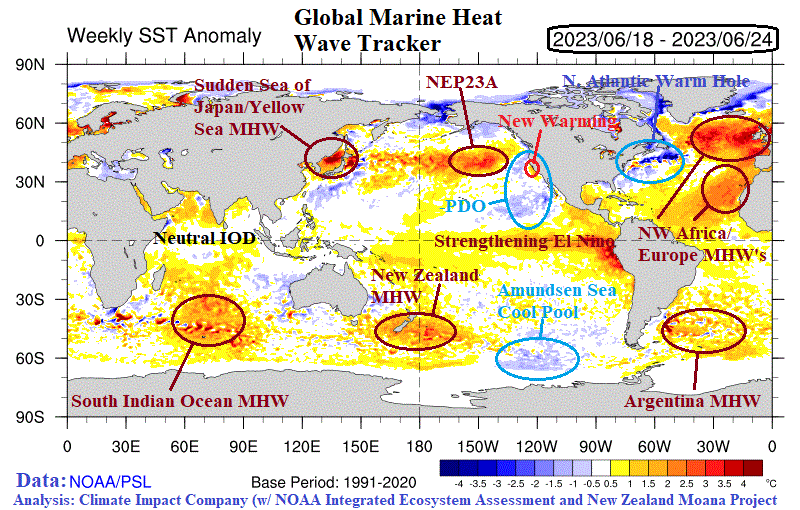
Status of Global Marine Heat Waves Update
06/25/2023, 7:18 pm EDT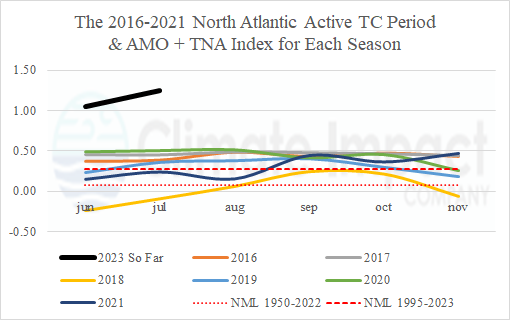
Monitoring The 30-31C/86-87F SST Presence In The North Atlantic Basin
07/23/2023, 3:45 pm EDTExecutive summary: Increasing attention is given to the recent uptick to large regions of oceanic warming outside of the tropical region. Marine heat waves are present across much of the middle/subtropical latitudes in both hemispheres causing a record warm ocean surface. Certainly, the evolution of an increasingly bold El Nino and recent near onset of positive phase Indian Ocean dipole has helped. The oceanic warming in the middle latitudes has caused warming aloft to increase high-pressure ridging to deliver hot weather to populated land masses for mid-summer in the northern hemisphere.
Discussion: Reports of the “hottest” day on record in the northern hemisphere and/or globe are circulating in recent days. Certainly, there areas of extreme heat now most notable across Southern Europe, the Southwest U.S. to California, and parts of Japan and China (Fig. 1). Note that the hottest day on record assertion is well correlated to high population centers experiencing the hot weather. Other parts of the northern hemisphere land masses are quite cool including the less populated North-central and Southwest Russia, South-central Canada, and parts of Northeast China.
However, the global ocean surface is remarkably warm featuring an organizing El Nino and positive phase Indian Ocean dipole (Fig. 2). The unprecedented warming is in the subtropical and mid-latitudes of both hemispheres as marine heat waves are abundant and expansive. Marine heat waves are associated with high pressure ridge areas aloft across and downwind of the oceanic warming. When high pressure ridge areas extend across nearby land masses anomalous heat develops and can be quite intense including spawning (or intensifying) drought.
The oceanic warming in 2023 is remarkably ahead of all previous years on record (Fig. 3). Last year, global oceanic warming was exceptional. However, in 2023, the increasing presence of marine heat waves plus El Nino has caused the record warm global signature.
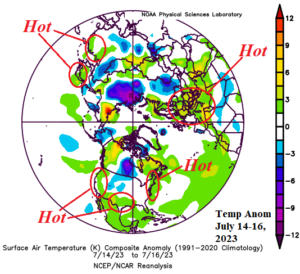
Fig. 1: July 14-16, 2023, temperature anomalies across the northern hemisphere.
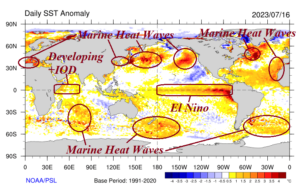
Fig. 2: Global SSTA analysis for July 16th reveals the influence on global SSTA of marine heat waves.
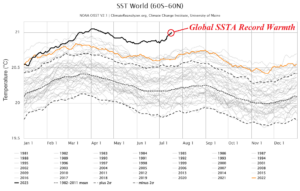
Fig. 3: Global SSTA compared to recorded history yields the warmest year on record so far according to the Climate Change Institute, University of Maine.
![Climate-Impact-Company-logo-sm[1]](https://climateimpactcompany.com/wp-content/uploads/2023/08/Climate-Impact-Company-logo-sm1.png)
